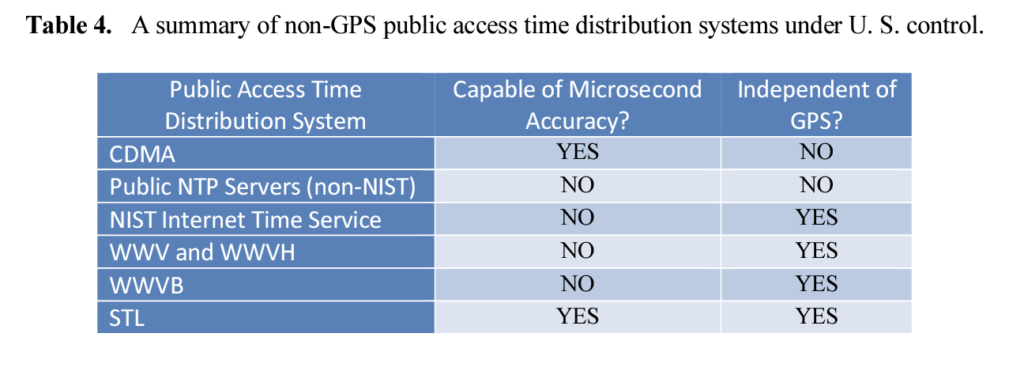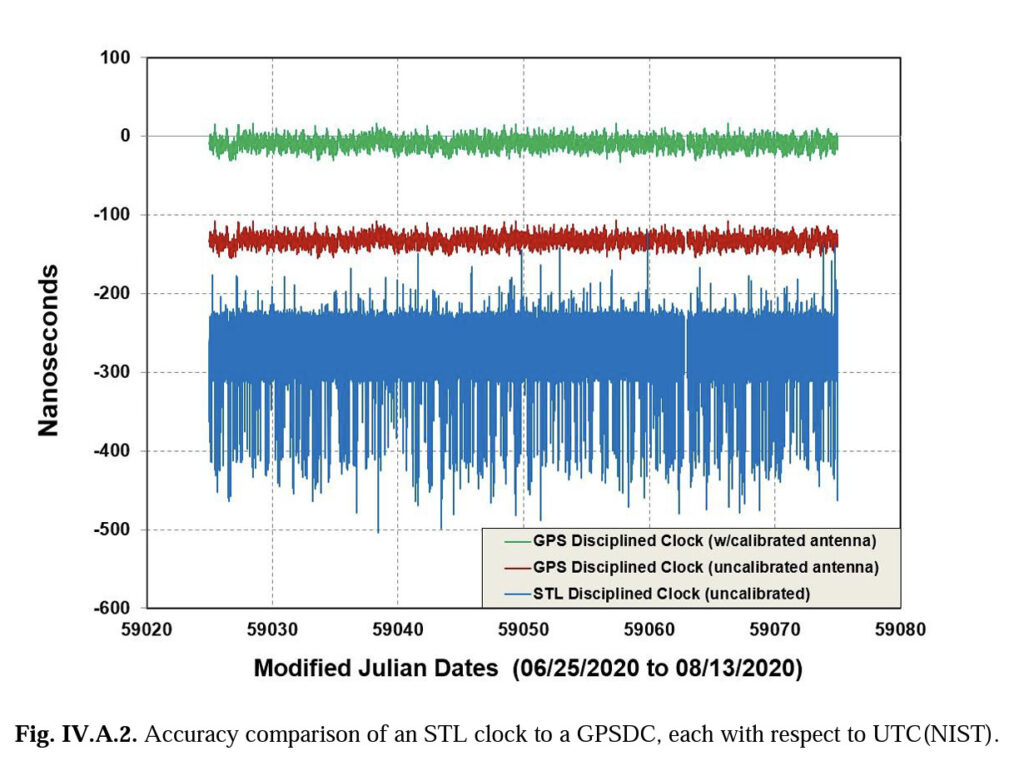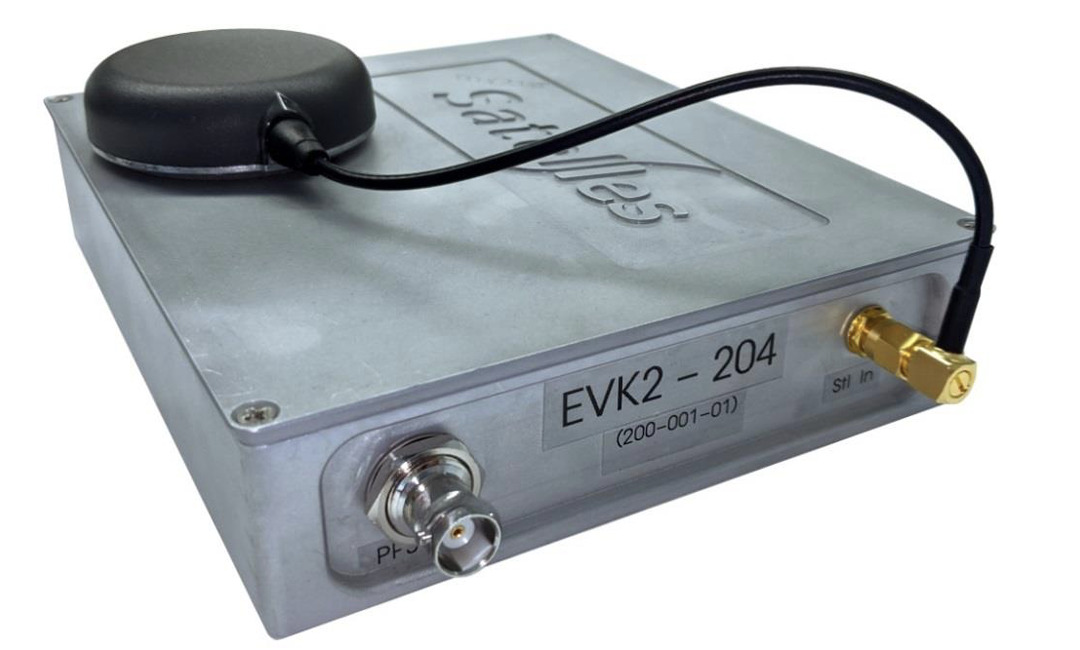Two recent government reports have labelled Satelles’ Satellite Time and Location (STL) as a reliable source of resilient timing for critical infrastructure.
The reports come from the U.S. National Institute of Standards and Technology (NIST), the government entity responsible for maintaining national standards for time and frequency in coordination with the United States Naval Observatory. STL’s benefit is described as an element of the agency’s recommendation for a resilient timing infrastructure, according to a news release.
These reports come about a year after the NIST released a study showing that STL provides a signal that’s independent of GNSS with exceptional timing stability and reach that extends indoors, beyond the range of GNSS signals.
The first report, “An Evaluation of Dependencies of Critical Infrastructure Timing Systems on the Global Positioning System (GPS)” (NIST Technical Note 2189, dated November 2021), highlights the critical need for reliable time signals that are resilient to GPS outages. It closely examines the timing requirements and dependencies of three critical infrastructure sectors that rely on precise time synchronization.
The technologies developed to solve this critical need, including STL, are described as a resilient, alternative PNT service from low Earth orbit (LEO) satellites that enterprise customers rely on as a primary timing source.
STL, specifically, is identified as a resilient public access time distribution technology that provides microsecond accuracy and that can be used as a commercial alternative.

“Due in part to the success of GPS, which has at least indirectly led to the demise of eLoran and other systems, only a small number of free public access time distribution systems remain that are under U.S. control,” according to the report.
In another portion of the report, it states: “The Satellite Time and Location (STL) service is operated by Satelles (www.satellesinc.com), a company headquartered in Reston, Virginia. Commercial STL clock products are now available to the public, but because the technology is licensed and patented by Satelles, they can only be acquired through their authorized business partners. The STL signals are transmitted at frequencies ranging from 1616 MHZ to 1626 MHz from 66 Low Earth Orbit (LEO) satellites that form the Iridium constellation. Iridium was originally designed for use with mobile phones, and like CDMA, STL does not require a rooftop antenna. The altitude of the satellites is just 781 km, as opposed to the 20 200 km altitude of the GPS satellites, and the signals as received on Earth are about 300× to 2400× stronger than GPS, making them usable indoors [68]. The timing accuracy specification for STL is ±500 ns (0.5 µs) which meets critical infrastructure requirements, and published measurements indicate an accuracy of less than 200 ns when compared to a GPSDC.”
Second Report
A February 2020 presidential executive order encouraging the responsible use of positioning, navigation, and timing (EO 13905) includes multiple directives emphasizing PNT resilience, technological diversity and urgency. The second report, “A Resilient Architecture for the Realization and Distribution of Coordinated Universal Time to Critical Infrastructure Systems in the United States” (NIST Technical Note 2187, also dated November 2021), fulfills an important part of the agency’s obligation under the order.
That obligation is to make a GPS-independent source of Coordinated Universal Time (UTC) available to support critical infrastructure owners and operators in the private and public sectors. In the report, NIST defines a comprehensive architecture that includes technical descriptions and recommendations for increasing national resilience. Having multiple ways to realize and distribute UTC in the U.S. is among the recommendations.
STL is classified as an indirect distribution source for UTC(NIST) in NIST’s architecture. That means when STL is incorporated into a plan that comports with the responsible use of PNT, critical infrastructure-protective applications can obtain accurate, reliable timing without GPS.
This report contains a longer section (5 pages) encompassingL=:
IV. Indirect Distribution of UTC(NIST) via non-GNSS, non-NIST Signals
IV.A. Indirect Distribution of UTC(NIST) via the STL service
IV.A.1 Frequency and Time Stability of STL with respect to UTC(NIST)
IV.A.2 Possible Establishment of a STL Ground Monitoring Station at NIST
NIST based these findings on a thorough technical evaluation that showed STL is a reliable source of timing that’s highly consistent with UTC(NIST) and is based on a signal that’s resilient to regional GPS outages.

“It is important for our customers to have the assurance that STL is fully capable of indirectly distributing UTC with a solution that’s available right now,” Satelles Vice President of Commercial PNT Christina Riley said, according to the release. “Such a capability is not only a vital element of NIST’s architecture to realize and distribute UTC but also a way for Satelles to help ensure the survivability and resilience of our national critical infrastructure.”






